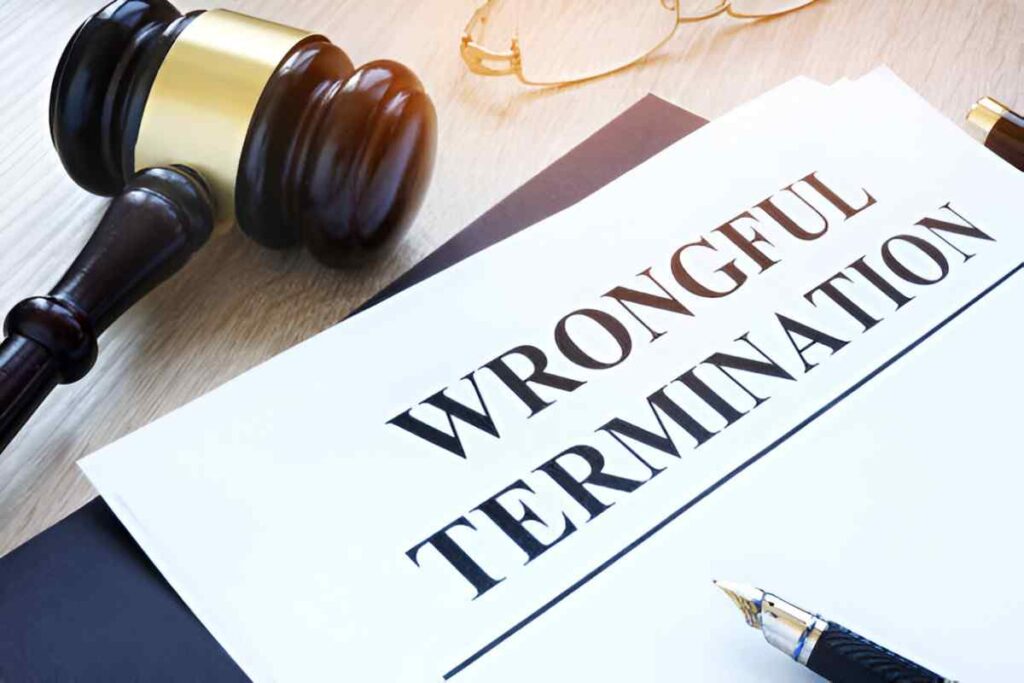Constructive dismissal occurs when an employee resigns from their job due to unbearable work conditions created by the employer, effectively treating the situation as if they were dismissed. This concept is crucial in understanding employment law and employee rights, particularly concerning unfair or wrongful termination scenarios.
Table of Contents
Key Points of Constructive Dismissal
1. Definition and Criteria:
- Hostile Work Environment: It arises when an employer makes significant changes to an employee’s working conditions, making the workplace intolerable.
- Breach of Contract: The changes or actions by the employer breach the terms of the employment contract, implicitly forcing the employee to resign.
2. Examples of Constructive Dismissal:
- Salary Reduction: A sudden and significant reduction in salary without valid reasons or agreement.
- Harassment or Discrimination: Continuous harassment or discrimination that makes the workplace hostile.
- Demotion or Job Reassignment: Demotion to a significantly lower position or unilateral reassignment without proper justification.
3. Legal Considerations:
- Burden of Proof: Employees must demonstrate that the employer’s actions were unreasonable and breached the contract terms.
- Resignation as Last Resort: Employees must exhaust internal grievance procedures or attempts to resolve issues before resigning.
- Compensation Claims: Successful claims may entitle the employee to compensation similar to wrongful dismissal cases.
Illustrative Example
Consider an employee who works as a senior manager in a company with a specific job description and responsibilities. Over time:
- Change in Reporting Structure: The employer assigns the employee tasks far below their capabilities and reassigns their duties to a junior position.
- Hostile Behavior: The employer starts to create a hostile environment by constantly criticizing the employee unfairly.
- Resulting Resignation: Unable to tolerate the situation, the employee decides to resign, claiming constructive dismissal.
Legal and Practical Implications
1. Legal Precedents and Cases:
- Court Decisions: Courts consider each case individually, evaluating whether the employer’s conduct justifies the employee’s resignation.
- Contractual Obligations: Employment contracts should outline terms, conditions, and procedures to handle disputes or changes in working conditions.
2. Employee Rights Protection:
- Statutory Rights: Employees have statutory rights protecting them from unfair treatment or dismissal.
- Legal Advice: Seeking legal advice is crucial for employees considering claiming constructive dismissal to understand their rights and legal options.
Conclusion
Understanding constructive dismissal is essential for both employers and employees to ensure fair treatment in the workplace. It highlights the legal and ethical responsibilities of employers in managing employment relationships and the rights of employees to work in a non-hostile environment. By recognizing the criteria, examples, and legal implications of constructive dismissal, individuals in accounting and finance can navigate employment disputes more effectively, promoting fair and respectful workplaces. This explanation provides a comprehensive overview of constructive dismissal, emphasizing its definition, examples, and legal considerations in easy English, ensuring clarity and relevance for learners in these fields.





